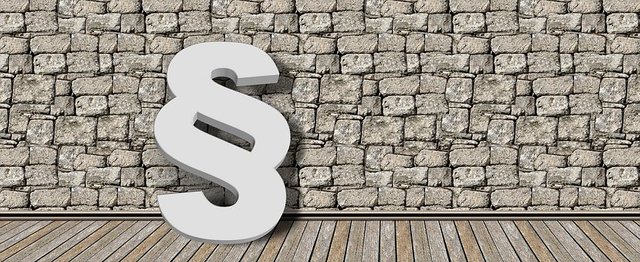Reading and understanding
Good evening steamians hope everyone is doing well is been awhile I'm super excited to be here after a long time. Something took me out for awhile but am happy to be back here.
Assumed that you have prepared emotionally for the passage, or that you have fully motivated your learners for the reading task, the reading then follows. To get to grips with the author's message, you would need to take some essential steps.
 [source] (https://pixabay.com/illustrations/education-learning-reading-read-6230446/)
[source] (https://pixabay.com/illustrations/education-learning-reading-read-6230446/)
First, you should endeavour to identify the author's main theme. Ask yourself, what is the author's message? What does he want the readers to obtain from his writing? Allied to this could be such a question as "what is the attitude of the author to this issue? This may not be specifically stated in the passage, but it should be possible to infer the attitude from the way a person writes on a topic. The way you look out for these in any passage should give you a sense of direction; it should propel you. Ideally, one should not assume that a particular person would write in a particular way, merely or mainly because he comes from somewhere or because he belongs to a particular belief. For instance, it would be wrong to say because a particular writer is white and comes from America, he would not see anything good in superstitions - it may turn out that the American author of the passage before you has some sympathy for superstitious beliefs. The ideal is to keep an open mind, to find out before deciding. And it is that process of finding out that would sharpen your efforts.
 [source] (https://pixabay.com/photos/clause-paragraph-book-right-jura-2546124/)
[source] (https://pixabay.com/photos/clause-paragraph-book-right-jura-2546124/)
Second, endeavour to identify what each paragraph is talking about. Usually, this is contained in the topic sentence of that paragraph. Quite often, this topic sentence comes up as the first one in the paragraph, although it could occasionally occur in the middle or at the end of the paragraph. In most cases, the first sentence is the topic sentence, summarizing what the whole paragraph stands for, and the other sentences in that paragraph only expand on it. If you can pin down all those topic sentences, you should be in good position to provide a good summary of the whole passage.
Finally, you should read with a view to be able to infer meanings, to extract main ideas, and pinpoint specific information. To infer meanings, one would have to watch out for ideas not directly stated, though implied. In this wise, you should know when a writer says one thing and means another, or when he does not say something and yet means it. This would demand that you do a careful, critical reading, rather than a general cursory exercise. To look for specific facts, one has often to direct attention to the specific parts of the passage. If there are questions at the end, these should serve as a guide; where the passage mentions the thing asked for, or asked about, it would be good to look more carefully at such areas and examine the sentences and words there very well.
Now, if you have to guide the reading exercises of your students, you will have to guide them at the strategies stages. We have already discussed how you should motivate them before the reading of the passage itself. After the first reading, you might tell them to close their books and you then ask a few questions. Let them identify the main theme, that is, the idea that runs through the passage. If the passage has no topic, it is a good exercise to let them identify the topic. Let them discuss the various suggestions and then finally give them the most appropriate one in carrying out this stage of the exercise, ask them those questions we posed earlier, example "what is the message of the author?" "What is his attitude to this issue?. From the reading already done, the students should be able to make very good attempt.
Then, lead them to identify the topic sentence in each paragraph. Ask them their opinion for each paragraph and let them defend that choice. By and by, they could be led to arrive at the discovery that in most cases, the topic sentence comes first in the paragraph. Then, you should ask them why this has to be so, most of the time. Where the exception is the ease, they should be led to discuss why that exception holds. With the topic sentence for all the paragraphs thus collected, they could be led to integrate these together to form a good summary of the whole passage. Where possible, too, the most pertinent questions could be answered, based mainly on the integration of the topic sentences.
Finally, you should direct their attention to specific parts of the passage in order to obtain some stated pieces of information. Or, you might ask for specific information to be supplied and you let them fish it out from the passage. With all these done, answering the author's own questions would be easy for the students and just some minimal guidance from you would be necessary. However, when they are doing this, encourage the students to re -read the passage and relate it to each of the questions asked.
Thank you for your beautiful time have a bless night.